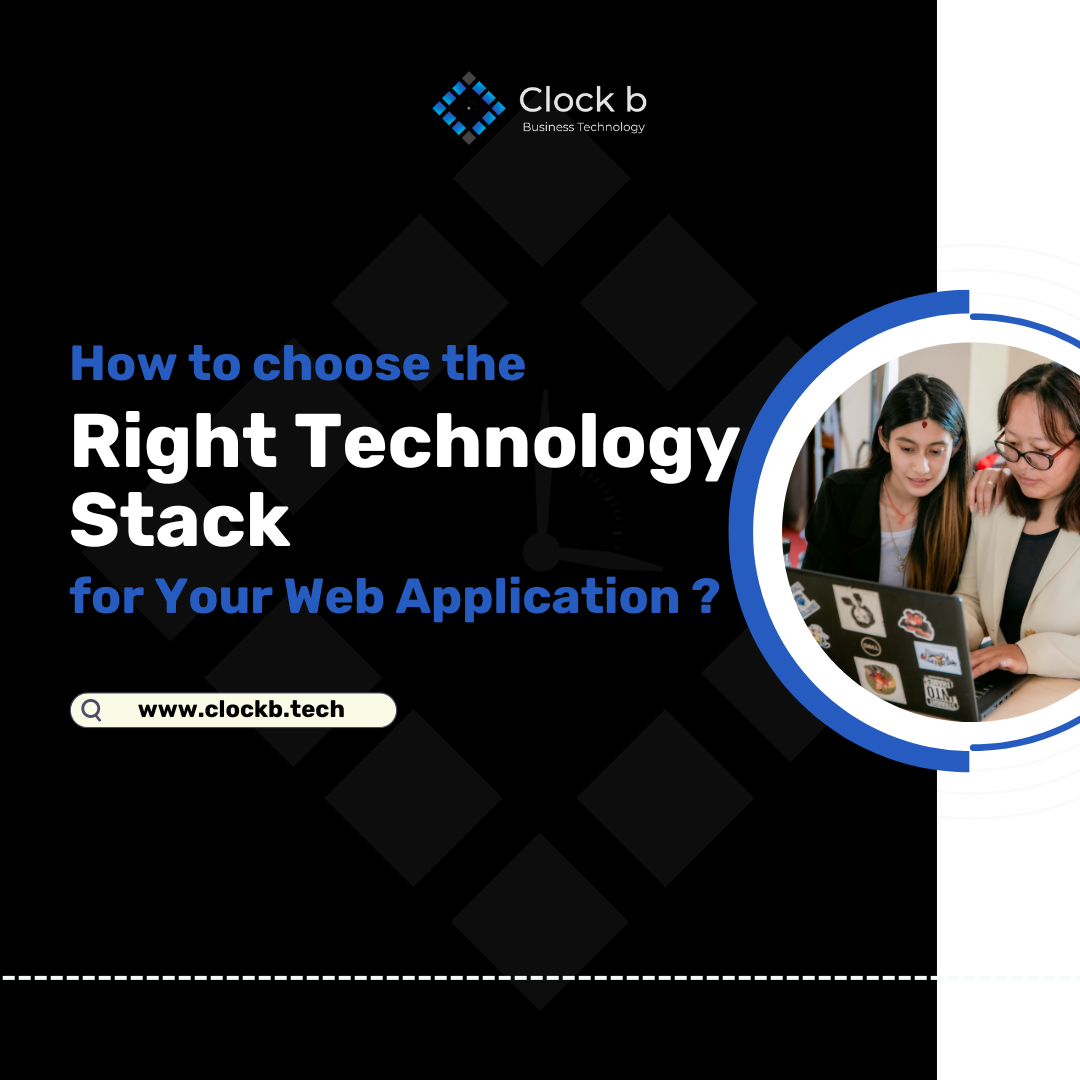Choosing the best technology stack for Web Application Development is a crucial decision that directly impacts the success and efficiency of your project. Here are 10 helpful tips to guide you through the process:
Understand Your Project Requirements
Define Features and Functionality: Clearly outline the features and functionality your web application needs. Understand whether it’s a simple website, a dynamic web app, an e-commerce platform, or a complex enterprise solution.
Consider Scalability Needs
Anticipate Growth: Evaluate the potential growth of your application. Choose a technology stack that can scale easily to handle increased traffic, users, and data as your project grows.
Assess Your Development Team’s Skills
Team Expertise: Consider the skills and expertise of your development team. Choose technologies that align with their strengths to ensure efficient development and easier maintenance.
Evaluate Time and Budget Constraints
Cost Considerations: Keep your budget in mind and evaluate the costs associated with licensing, hosting, and development tools. Choose technologies that meet your requirements without exceeding your financial limitations.
Prioritize Security
Data Protection: Prioritize security features. Choose technologies with robust security practices to safeguard user data and protect against common web vulnerabilities.
Select a Suitable Frontend Framework
Consider User Interface Needs: Choose a frontend framework (e.g., React.js, Angular, Vue.js) based on your user interface requirements. Consider factors like ease of development, community support, and integration capabilities.
Choose an Appropriate Backend Framework
Server-Side Logic: Decide on a backend framework (e.g., Django, Ruby on Rails, Express.js) based on the programming language you prefer and the server-side logic required for your application.
Determine Database Requirements
Data Storage Needs: Choose a database (e.g., MySQL, PostgreSQL, MongoDB) that aligns with your data structure and storage requirements. Consider whether a relational or NoSQL database is more suitable.
Consider Integration of Third-Party Services
APIs and Services: Assess the need for integrating third-party services (e.g., payment gateways, social media APIs) and choose a technology stack that supports seamless integration with these services.
Evaluate Community Support and Documentation:
Developer Resources: Opt for technologies with active community support. Robust documentation and a large developer community can provide valuable resources and assistance when facing challenges.
By carefully considering these tips, you can make informed decisions when selecting the technology stack for your web application development. Remember that the right stack depends on your project’s unique requirements and goals. Regularly reassess your technology choices to stay updated with emerging technologies and industry best practices.


